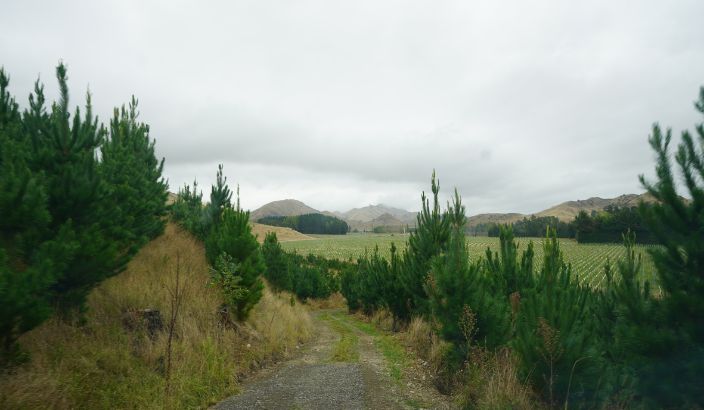Pyramid Farms held up as guide for farming sector boost


Pyramid Farms' varied landscape and subsequent varied use of land have been acknowledged in a recent Lincoln University/ASB Bank report
Marlborough’s Pyramid Farm have been highlighted as a lead example of creating future-focused, optimised operations on farms in a new university report.
The “Future Use of Land and How to Fund It” report, a collaboration between Lincoln University and ASB Bank, outlines how New Zealand’s rural sector could add tens of billions to GDP through land use changes.
Lincoln University’s Alan Renwick believes optimising land use through benefit-cost analysis, in the same way Pyramid owner Richard Dawkins has done, by 10% across the country would add $10 billion in value to New Zealand’s GDP while assisting farmers in creating economically sensible, and environmentally-friendly operations.
“Optimization is as easy as making small parcels of unused land productive around the farm, introducing new revenue streams or adjusting farm rotation systems and it’s all research being done by innovative farmers across the country already”, says Alan.
“Diversity in revenue streams and land use means resilience for farm operations especially in places like Marlborough where farms run across diverse landscapes within the one property.
“That diversity includes personal development and normalising optimisation in the industry instead of sticking with and being satisfied by the status quo.”
The Lincoln University findings have been coupled with ASB’s ‘Every Hectare Matters’ project, connecting farmers with funding and the reports’ newly developed land transition model to help guide farmers through diversification and implementation for a more efficient use of available land. The report mentions Pyramid’s combined sheep, beef, forestry, firewood, vineyard and apiary operations since 2016 have left profitability per hectare “an estimated 49 percent higher in 2020 compared to 1980”.
“The farm undertook land diversification through vineyard integration into its sheep and beef farming operation, which was financed through a mix of income from forestry operations and rural bank loans. “Diversified returns have facilitated the farming succession plan, and it is expected that this will provide significant income for future generations while also preparing for drier periods in the region due to climate change.”
